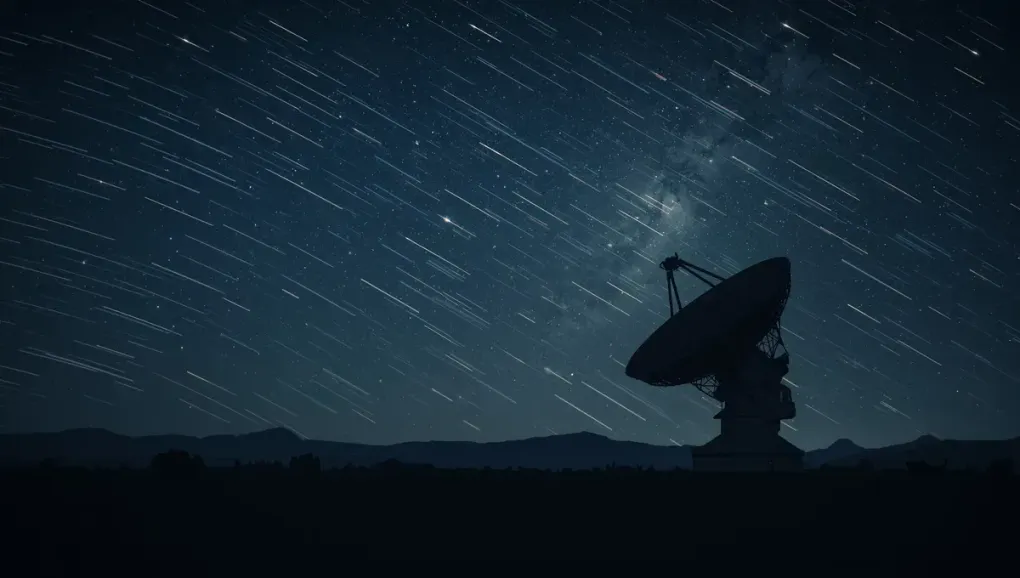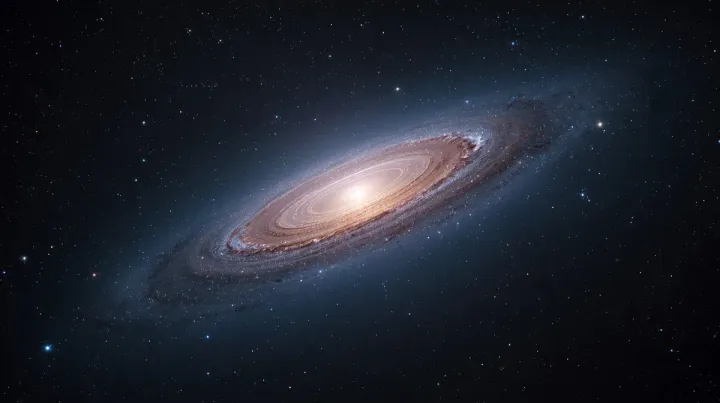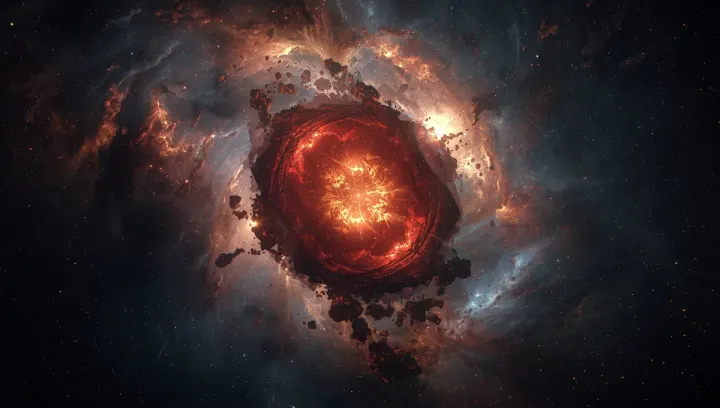
Peace or PR? SpaceX's 'Partnership' with Astronomers and the Future of the Night Sky
The Sky is Falling… With Satellites
The night sky, once a pristine canvas for scientific discovery, is rapidly becoming a crowded highway. Megaconstellations of satellites, primarily SpaceX’s Starlink, are bringing high-speed internet to remote corners of the globe. A noble goal, perhaps. But this technological marvel comes at a cost: a growing threat to ground-based astronomy, particularly radio astronomy. These highly sensitive instruments, designed to capture faint signals from the distant cosmos, are increasingly being drowned out by the constant chatter of thousands of LEO satellites.
Astronomers have been sounding the alarm for years. Images from optical telescopes are marred by bright streaks, and radio telescopes are picking up unwanted noise, threatening to obscure signals that could reveal the presence of alien life or the secrets of distant galaxies. The conflict is clear: the pursuit of global connectivity versus the preservation of fundamental scientific research.
A “Partnership” or Damage Control?
Recently, news broke of a “partnership” between SpaceX and the U.S. National Radio Astronomy Observatory (NRAO) to mitigate this interference. They’ve developed an automated data-sharing system that informs Starlink satellites about scheduled telescope observations, allowing them to redirect their beams or mute their electronics. On the surface, this sounds like a win-win. A tech giant collaborating with scientists to solve a problem.
But let’s be skeptical for a moment. Is this a genuine, proactive solution, or is it a reactive measure to a problem largely created by SpaceX itself? The article mentions that the NRAO team reached out to SpaceX in 2021, after the deployment of Starlink had already begun impacting observations. This “partnership” feels less like a visionary collaboration and more like a necessary damage control operation.
The Illusion of Coexistence
While this automated system is a step in the right direction, it’s crucial to consider the bigger picture. The number of satellites in orbit is set to explode, with tens of thousands more planned by SpaceX, Amazon (Project Kuiper), and Chinese efforts. The article itself states that by 2030, some 100,000 satellites could be circling the planet. Can a data-sharing system truly keep pace with this exponential growth?
Radio astronomers have historically sought out remote, radio-quiet zones to conduct their research. But as one astronomer aptly put it, “Nowhere is remote anymore.” The very environment they rely on is being fundamentally altered by commercial interests. This “solution” might allow for temporary coexistence, but it doesn’t address the fundamental tension: the finite nature of the radio spectrum and the pristine night sky versus the seemingly boundless ambition of commercial space.
The Cost of Connectivity
This situation highlights a recurring theme in the tech world: rapid innovation often outpaces ethical and environmental considerations. The promise of global internet access is powerful, but what are the hidden costs? The interference with radio astronomy is just one example. There are also concerns about light pollution for optical astronomy, space debris, and the long-term sustainability of LEO.
It’s essential that we, as citizens, remain vigilant and demand more than just reactive “partnerships.” We need proactive regulation and a broader societal discussion about the true cost of our technological advancements. The universe is vast, but our ability to study it from Earth is increasingly fragile.


